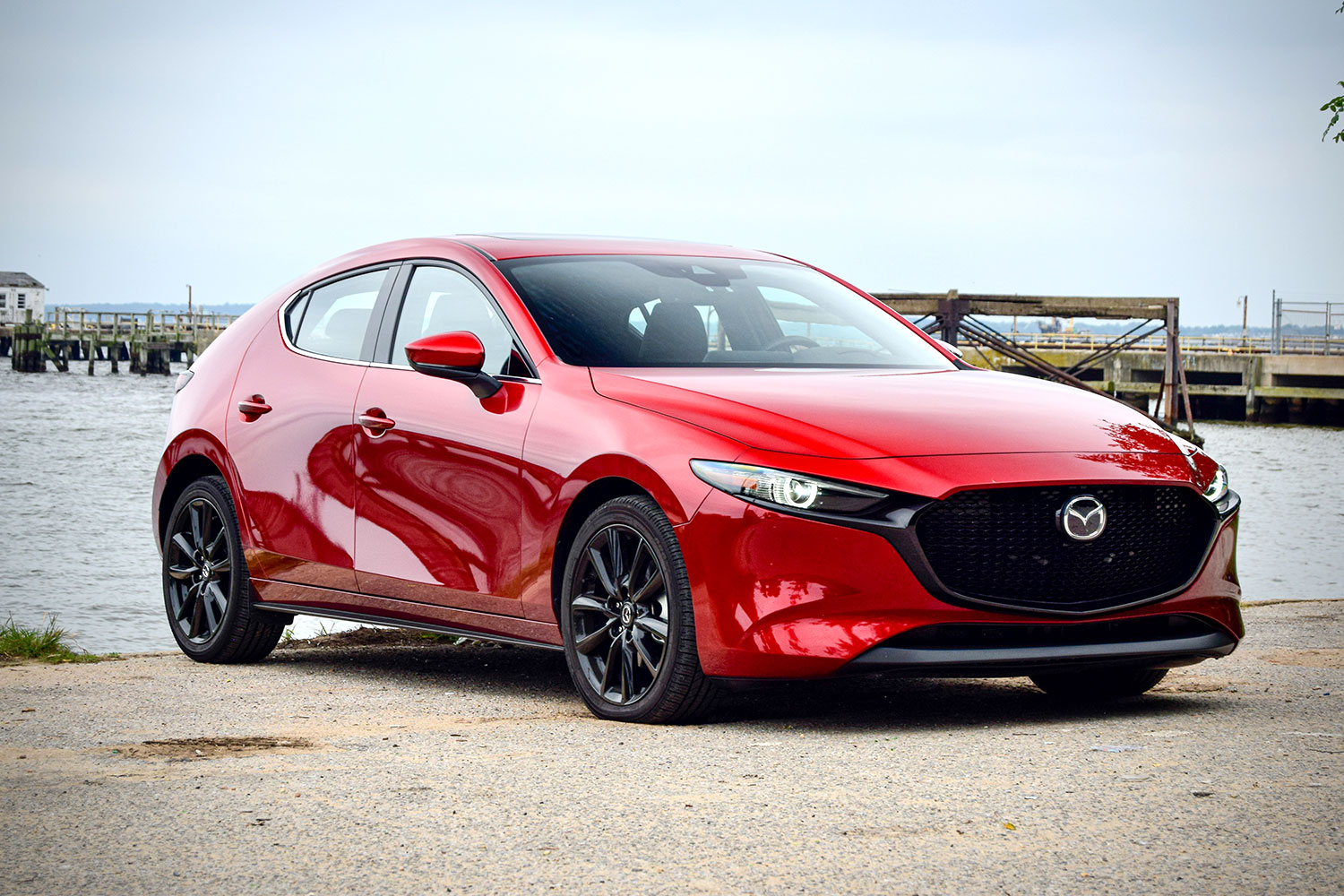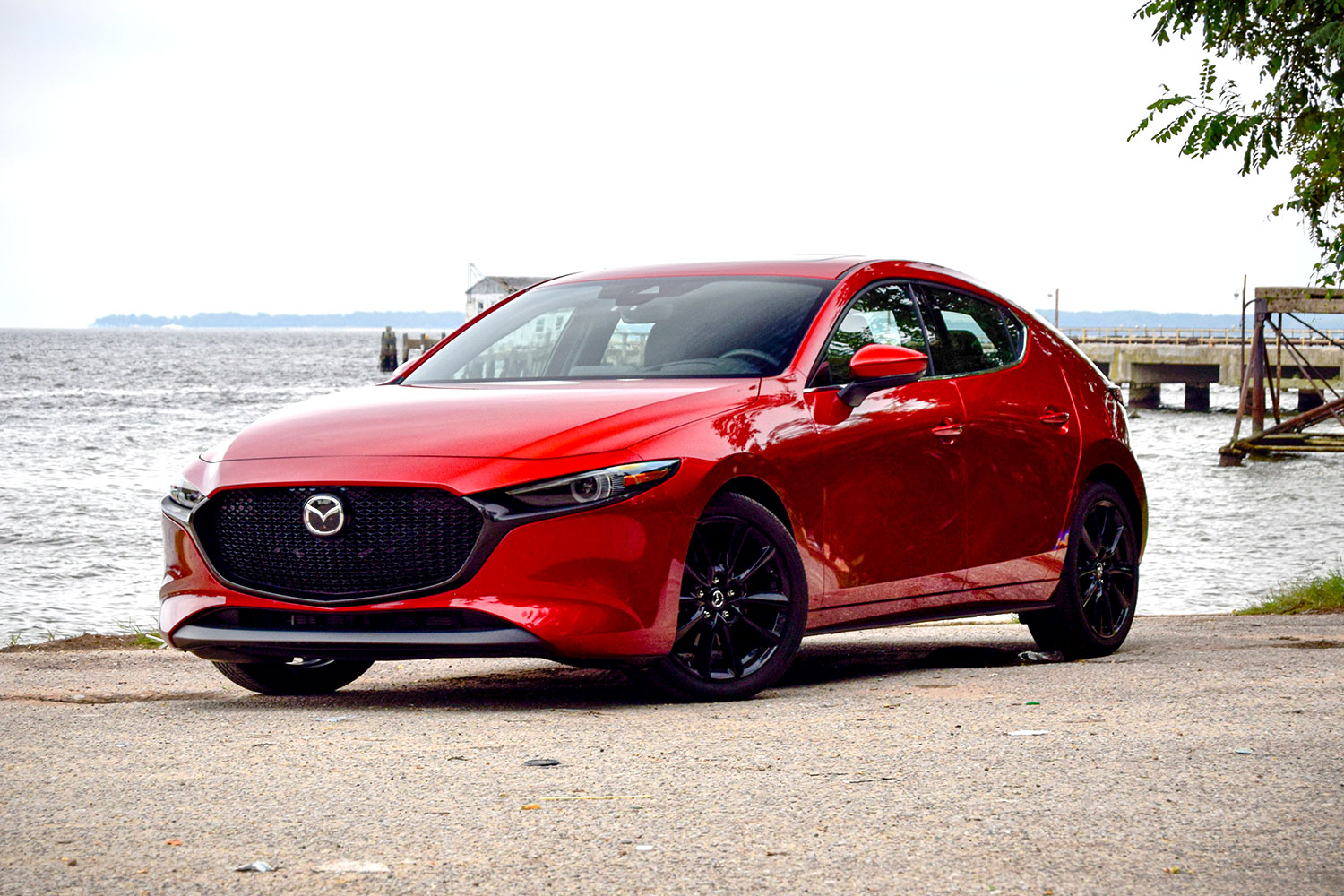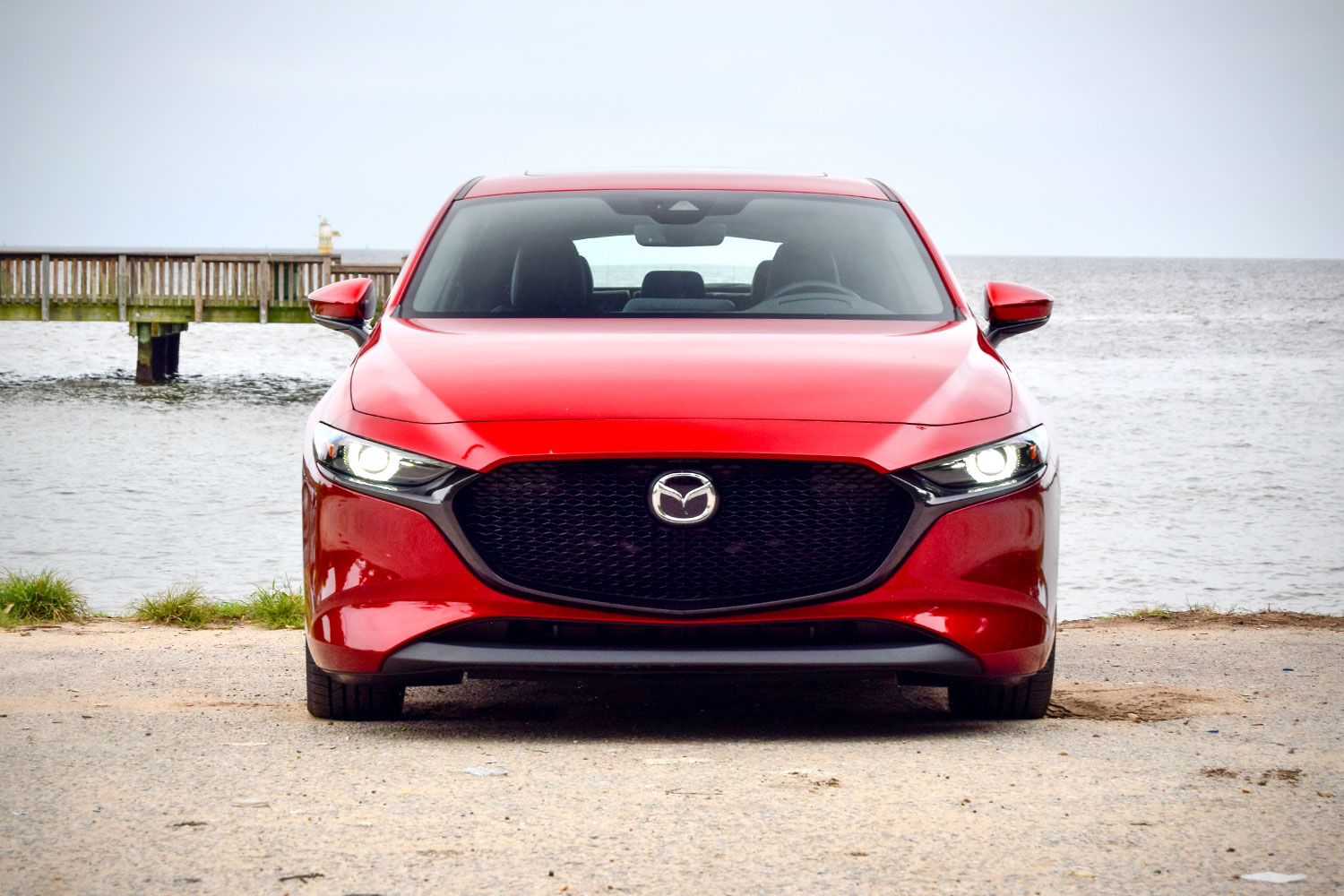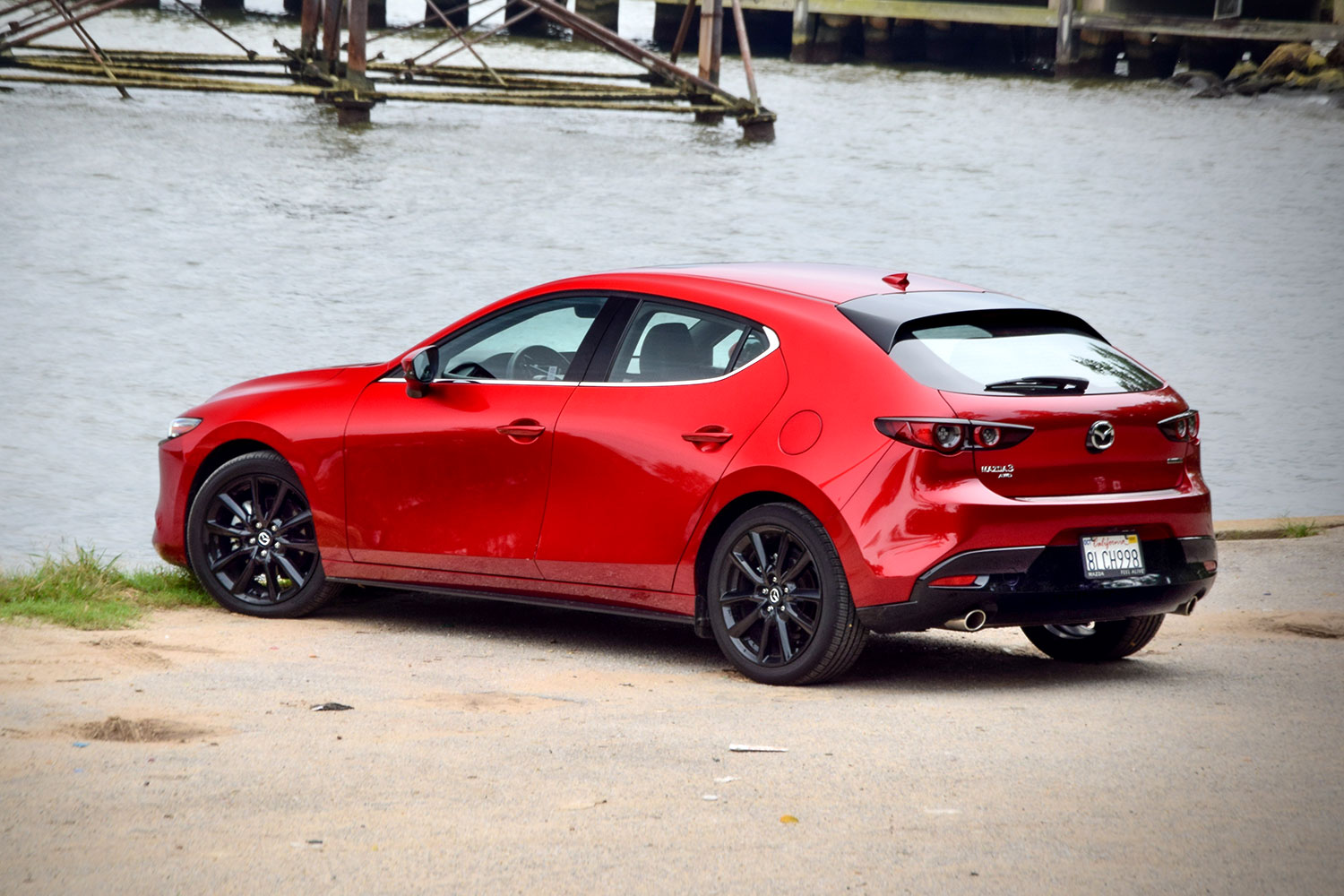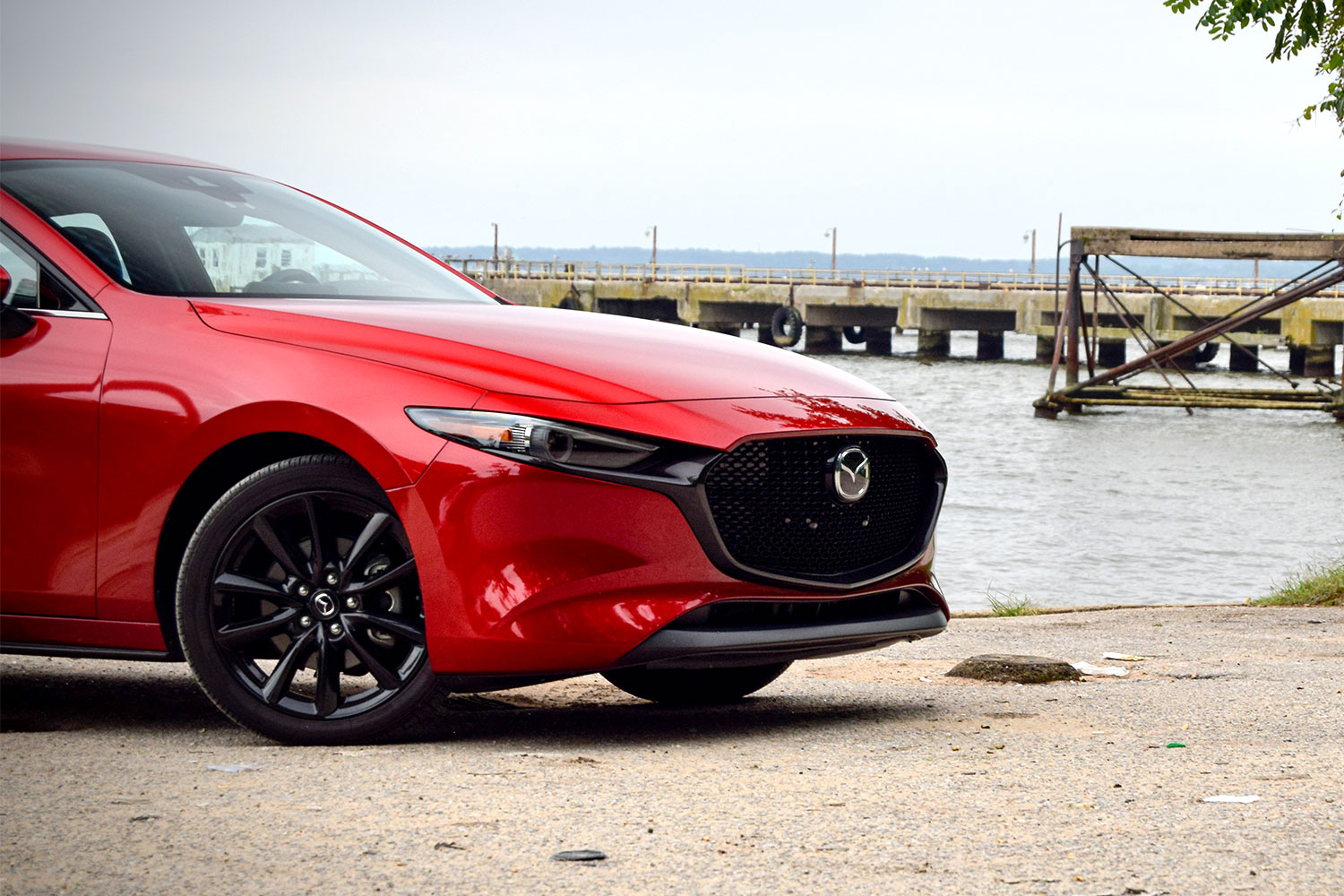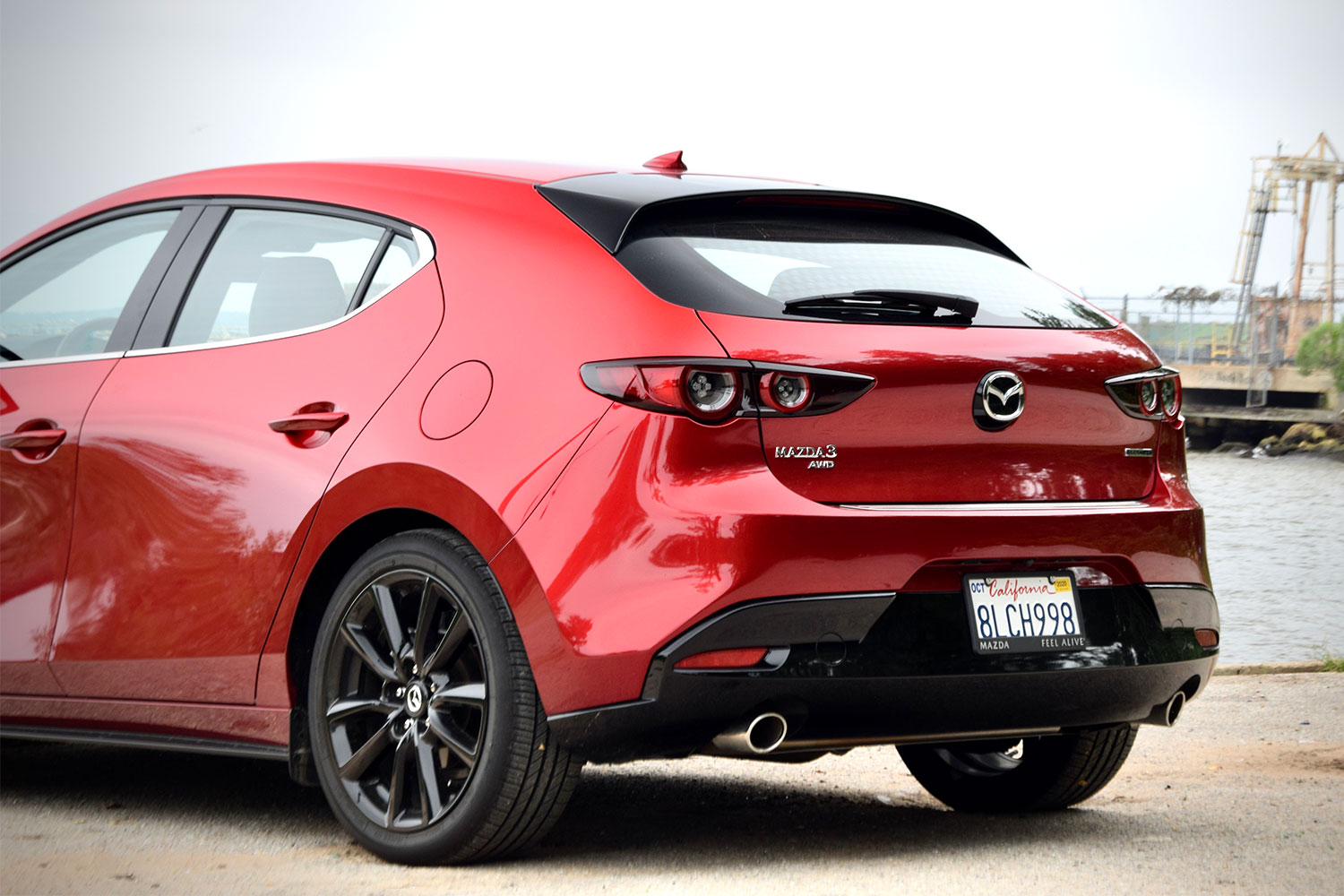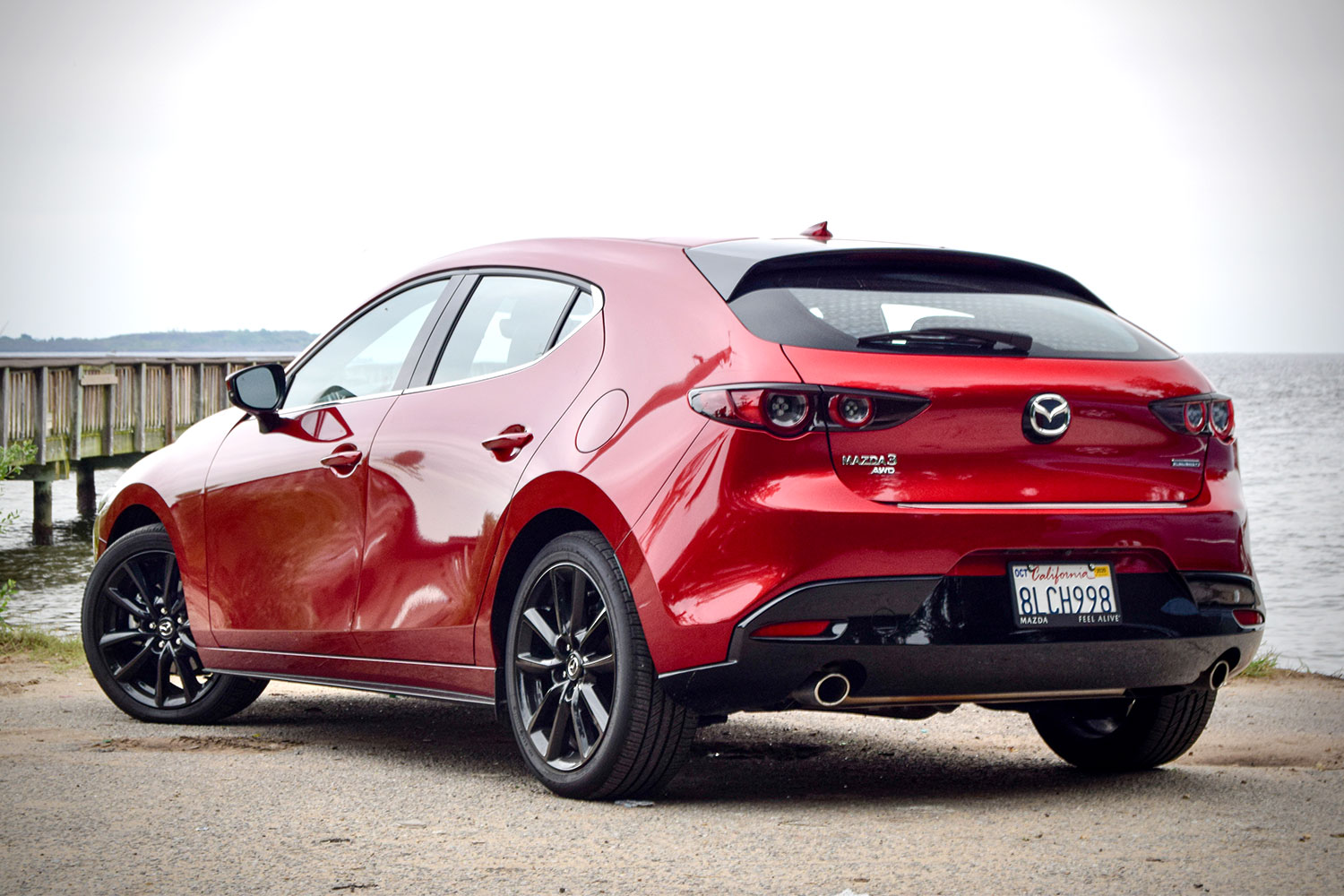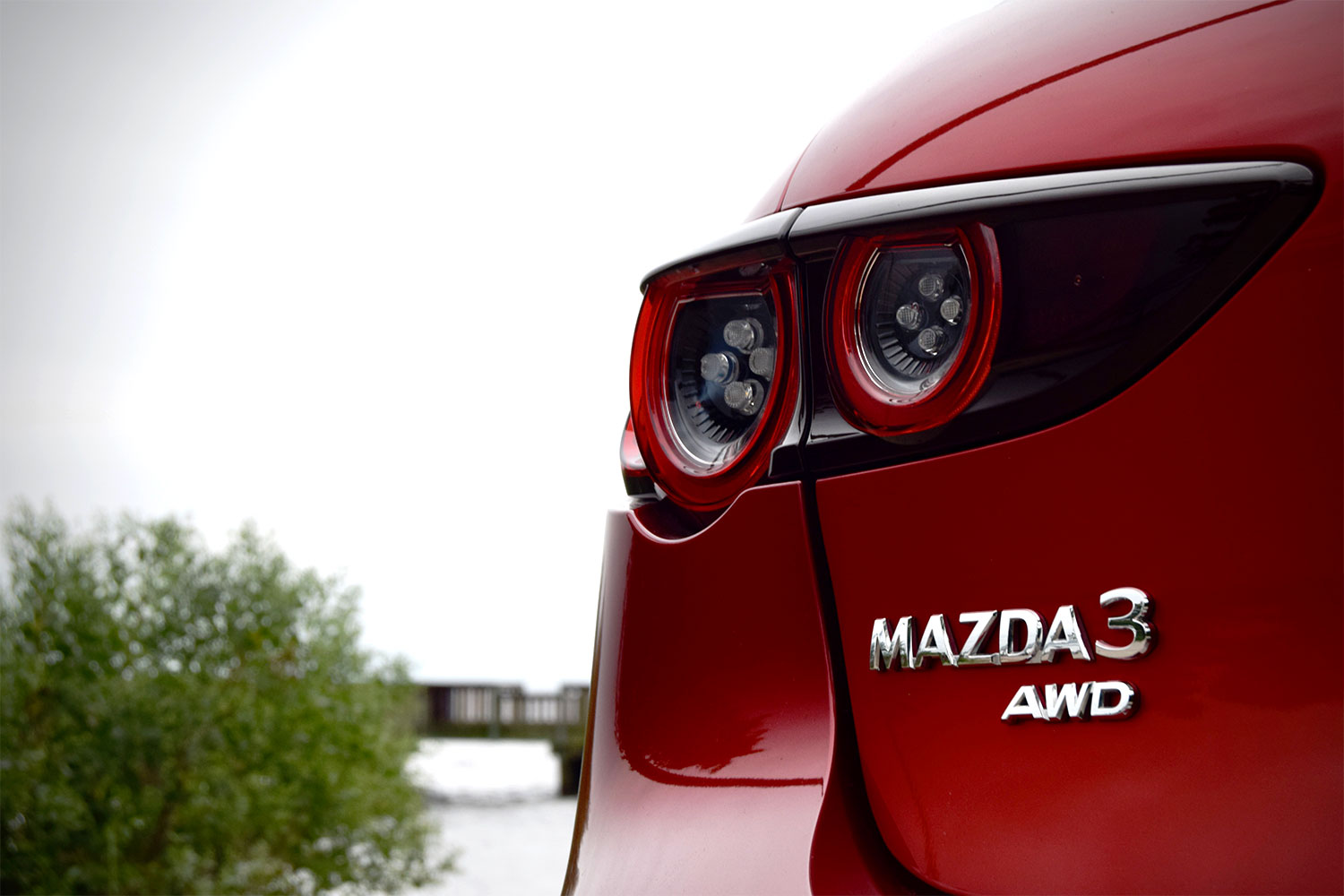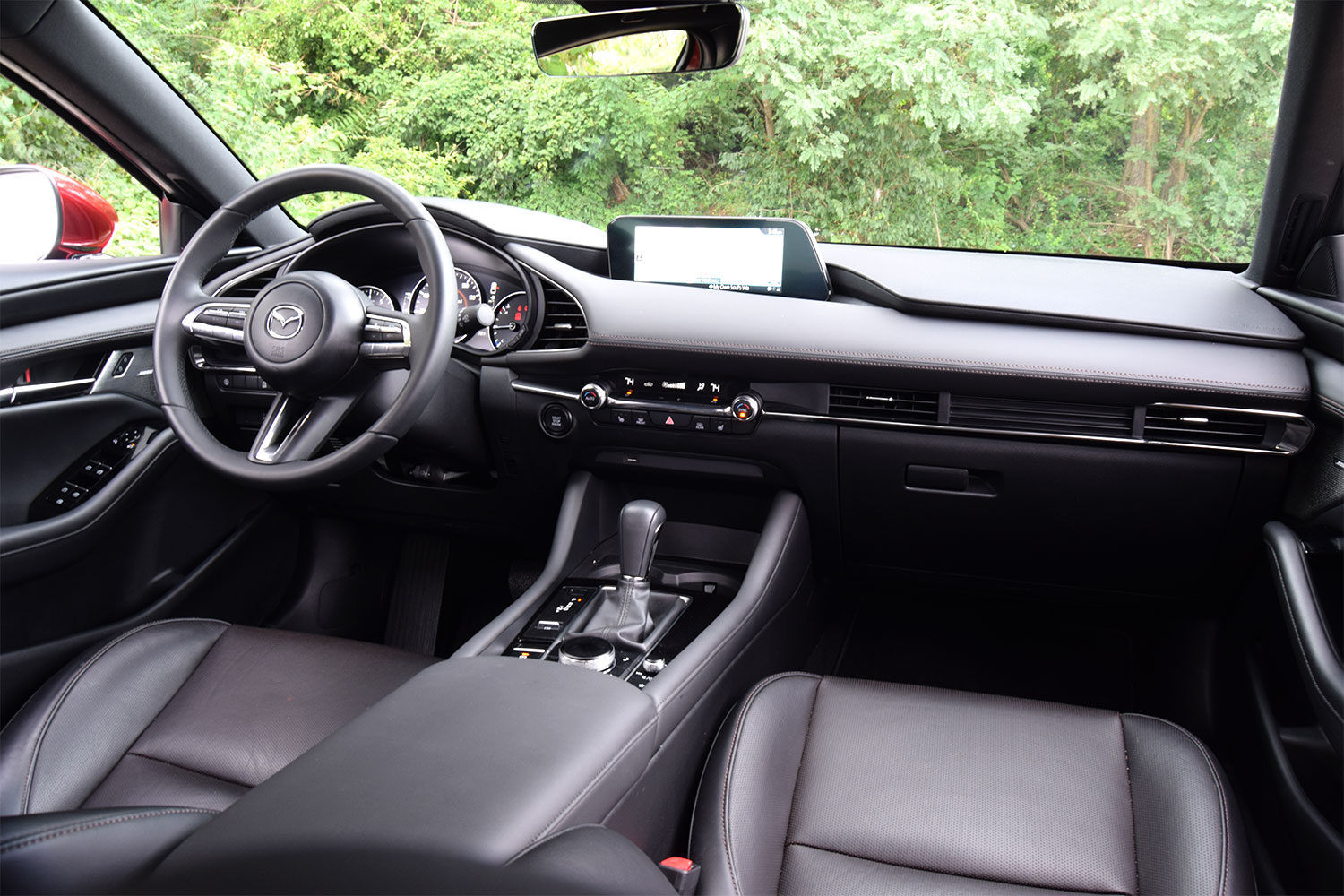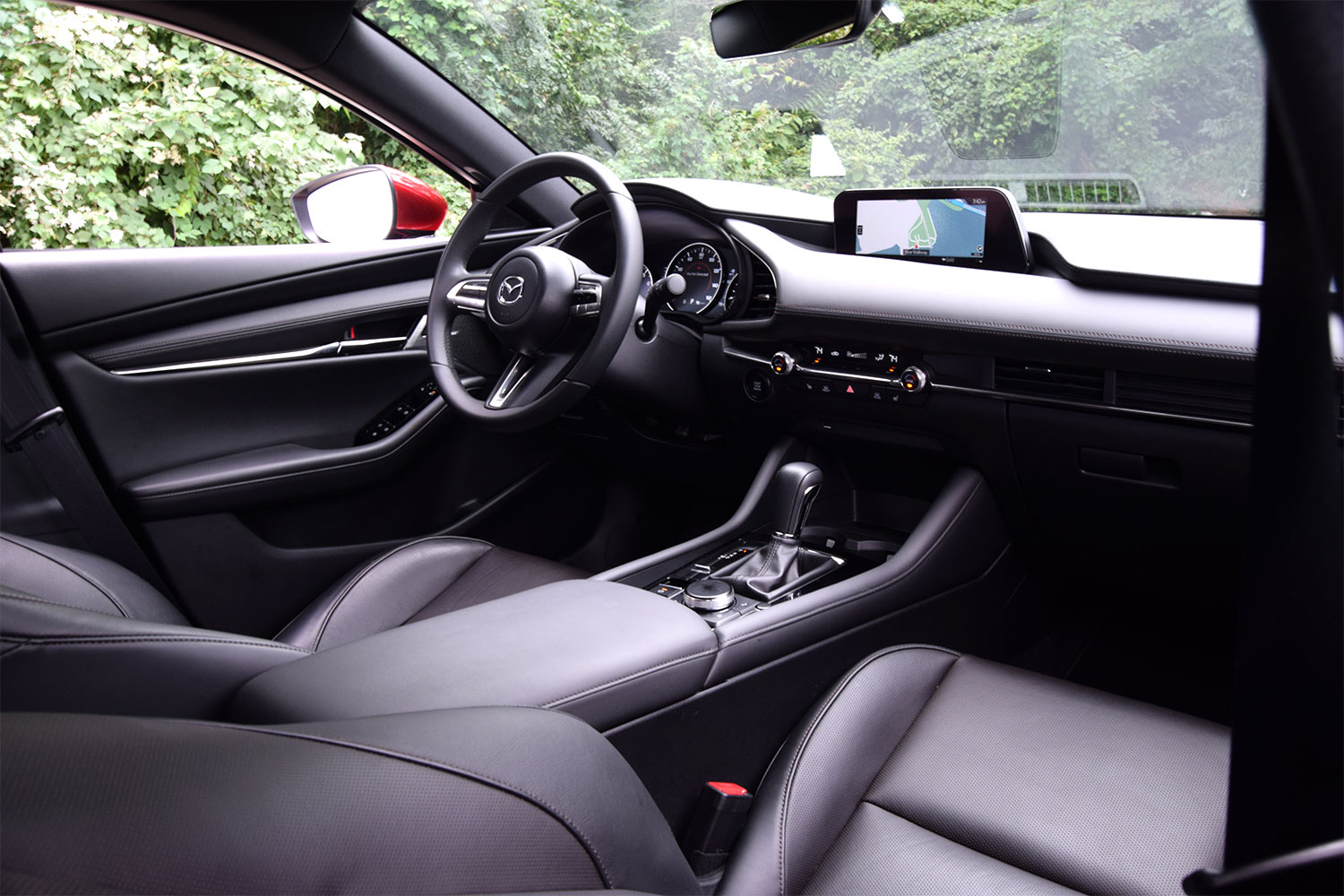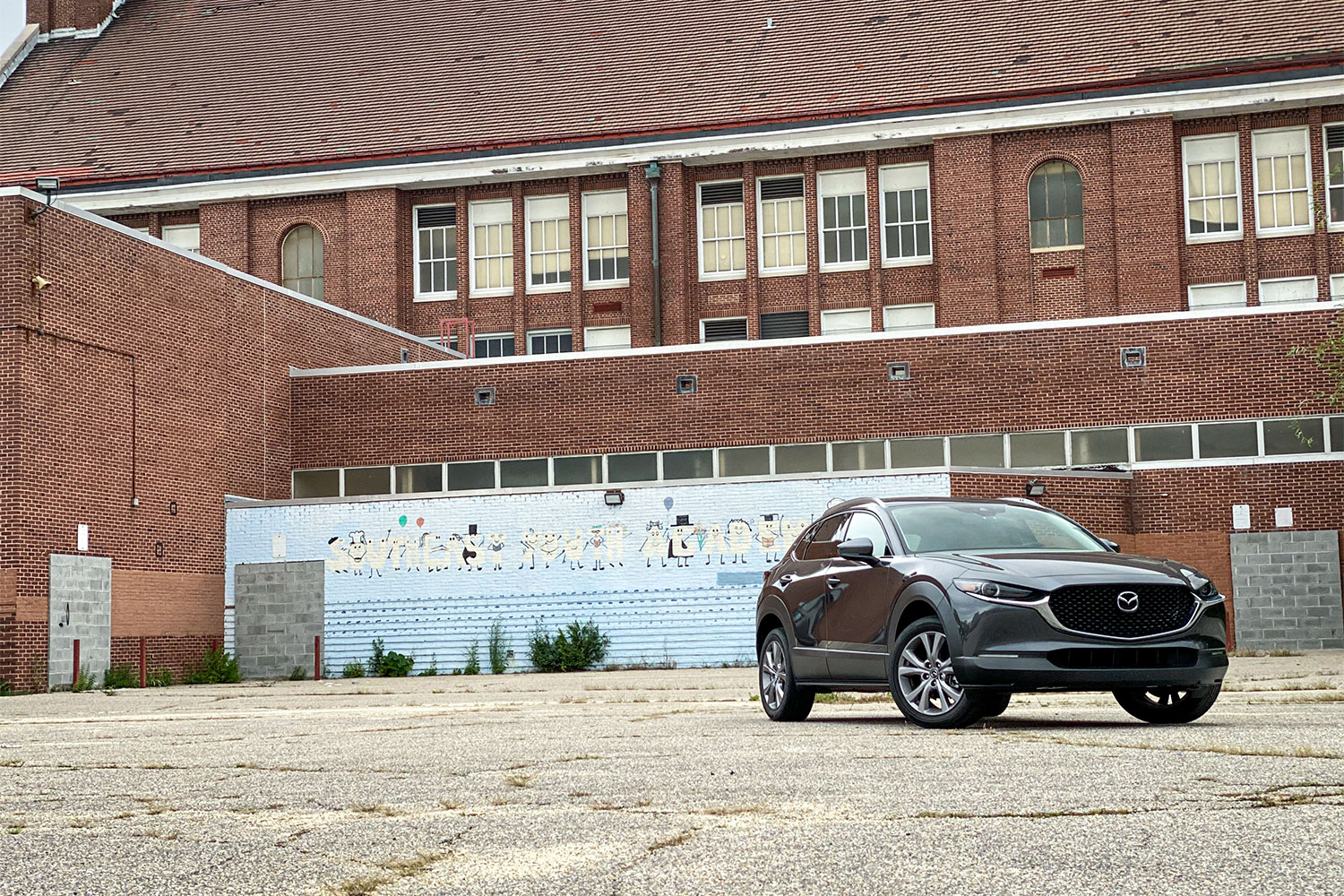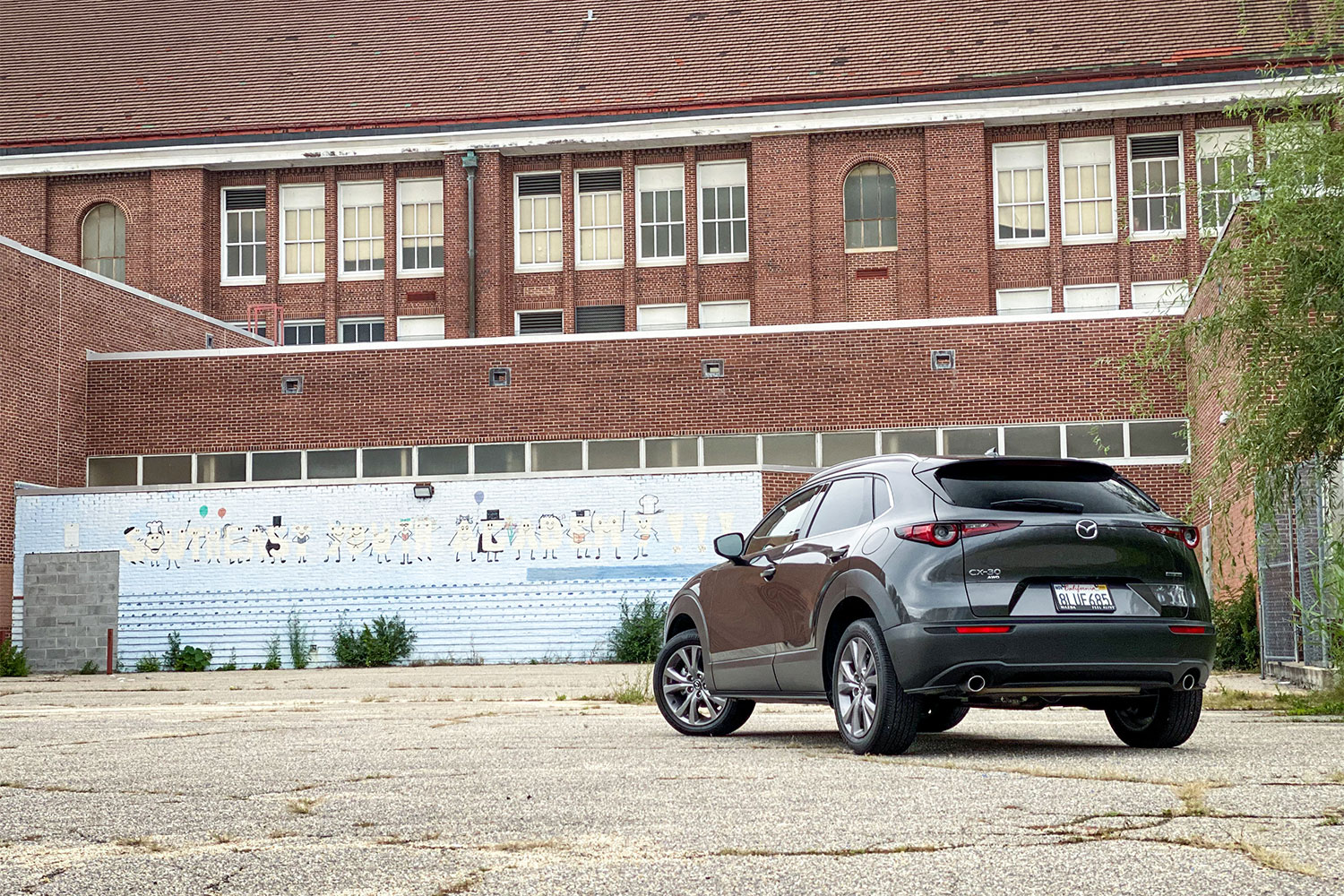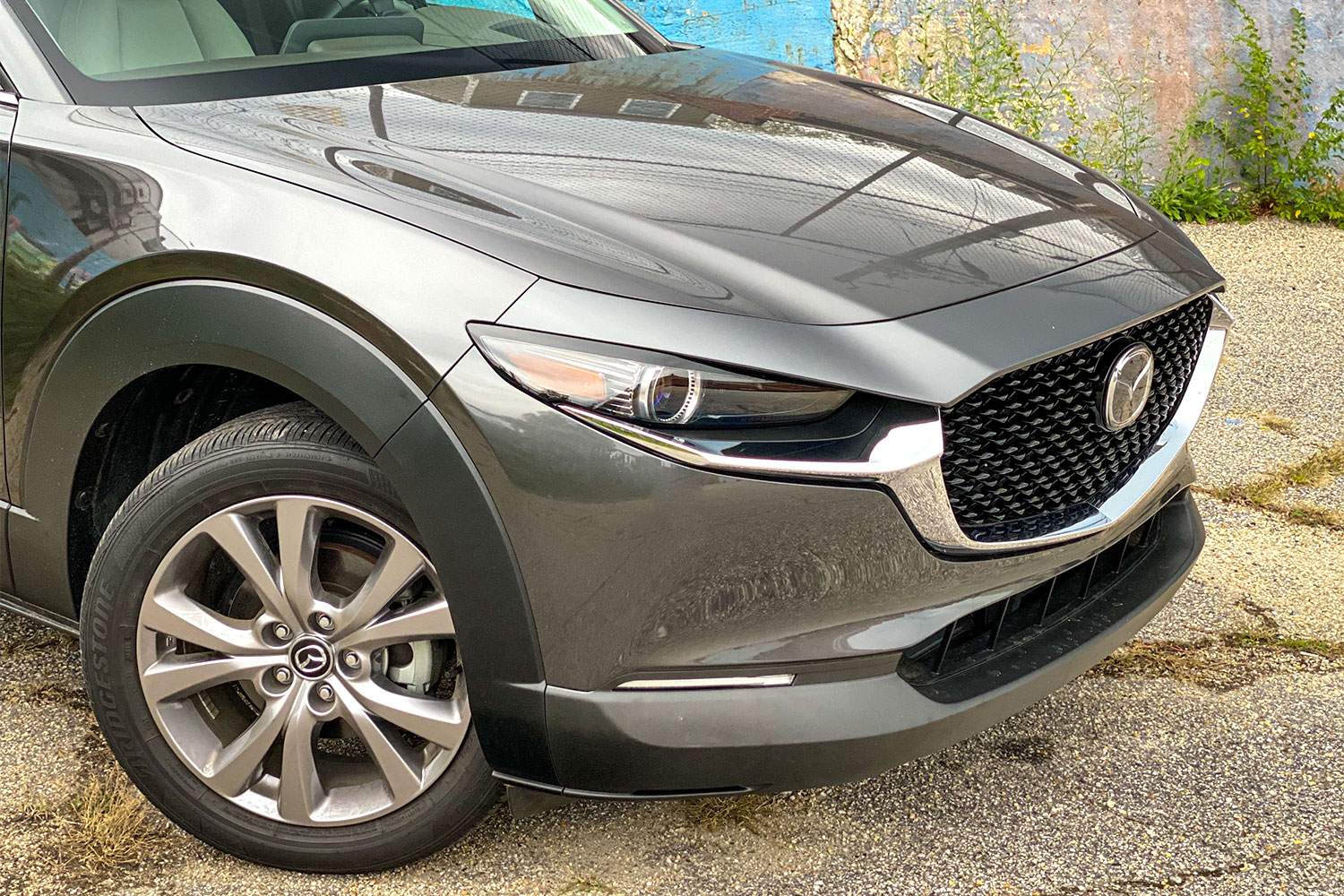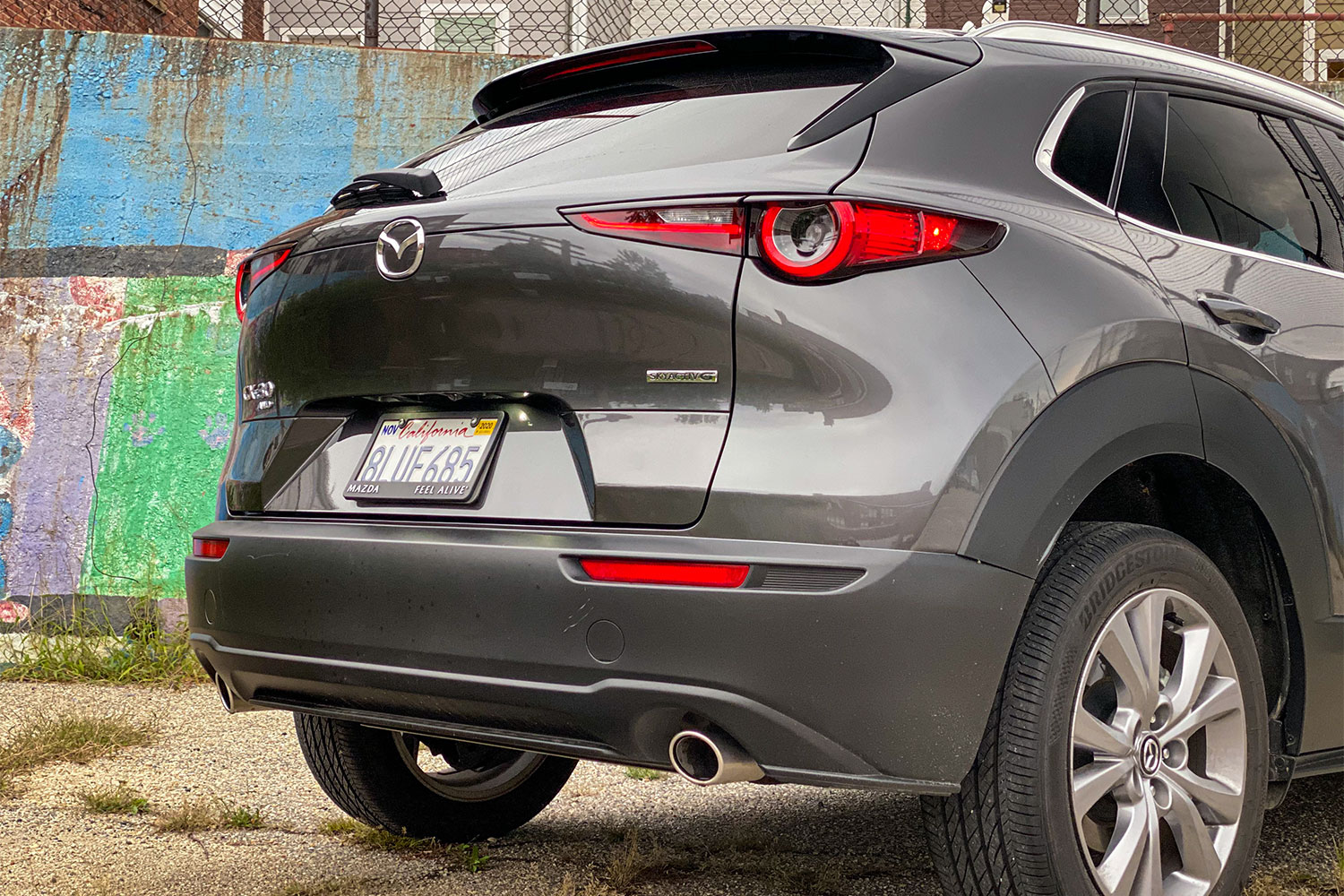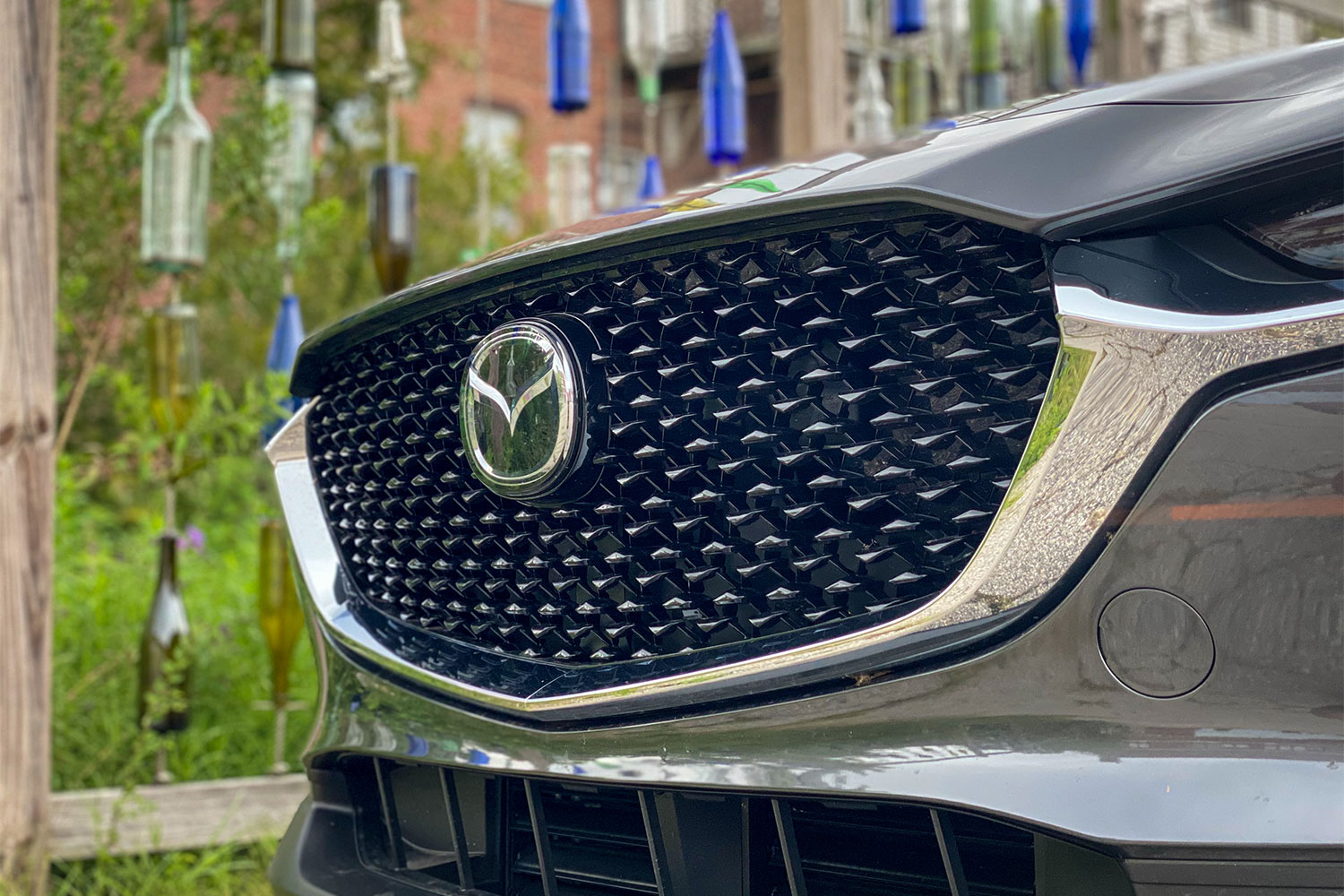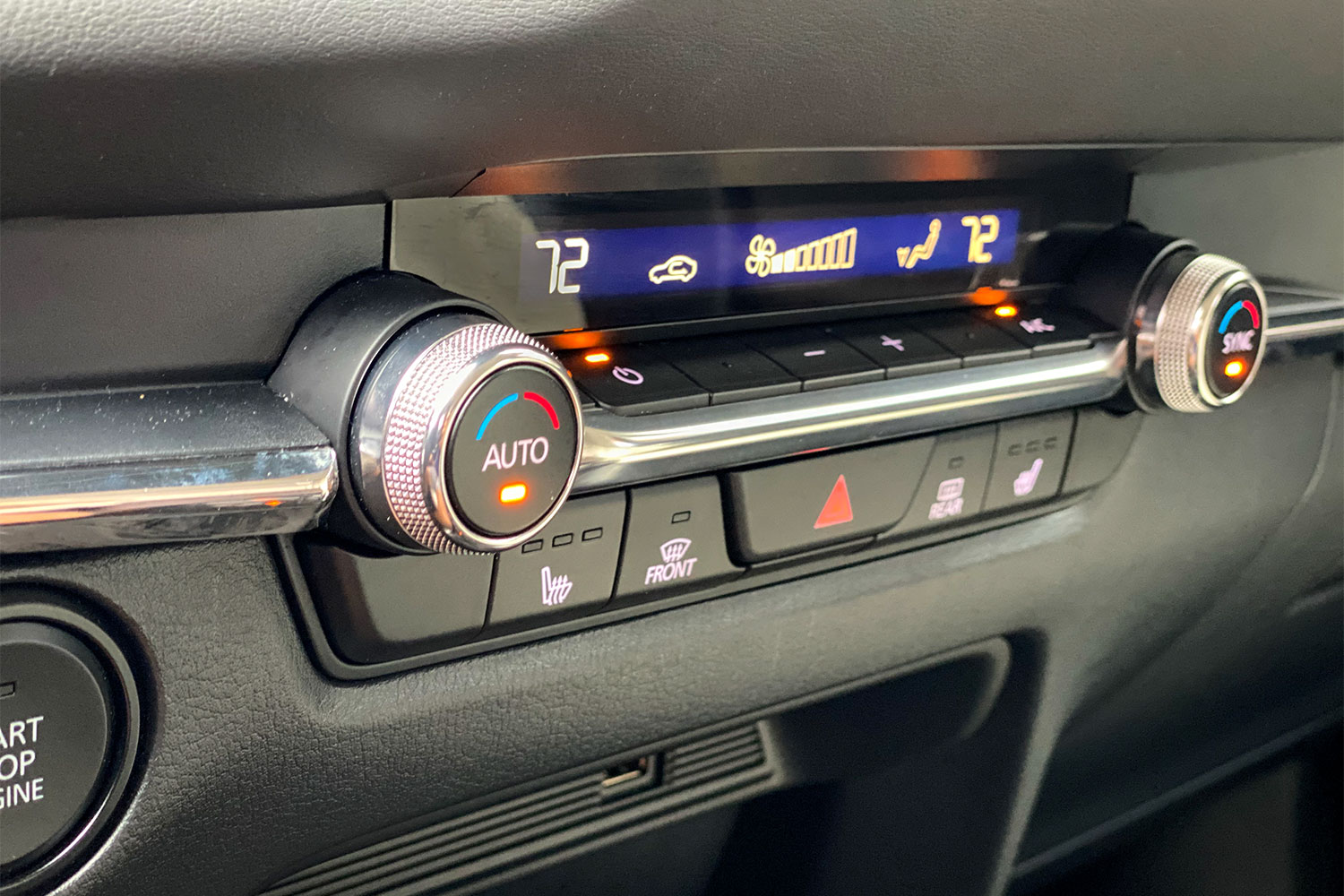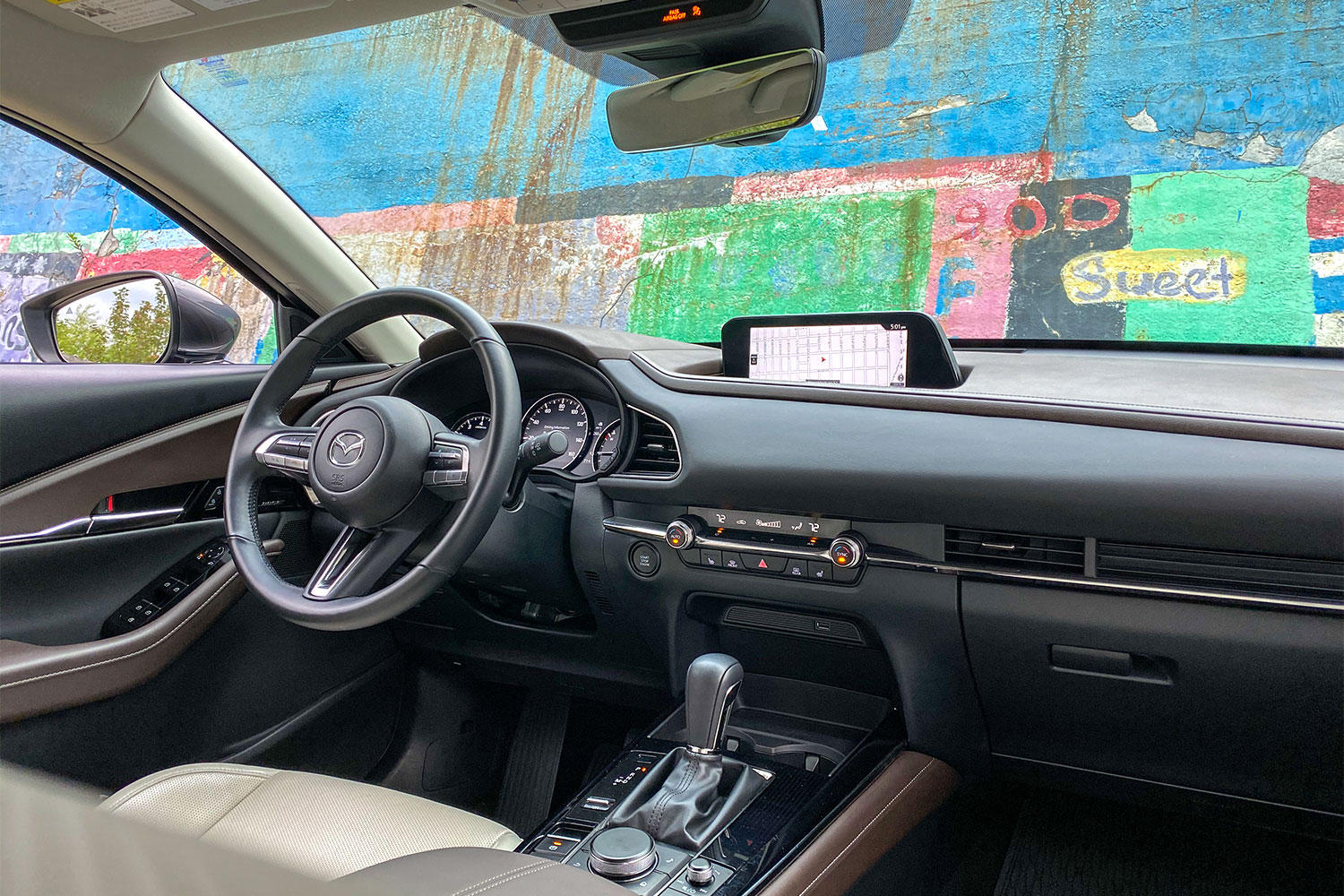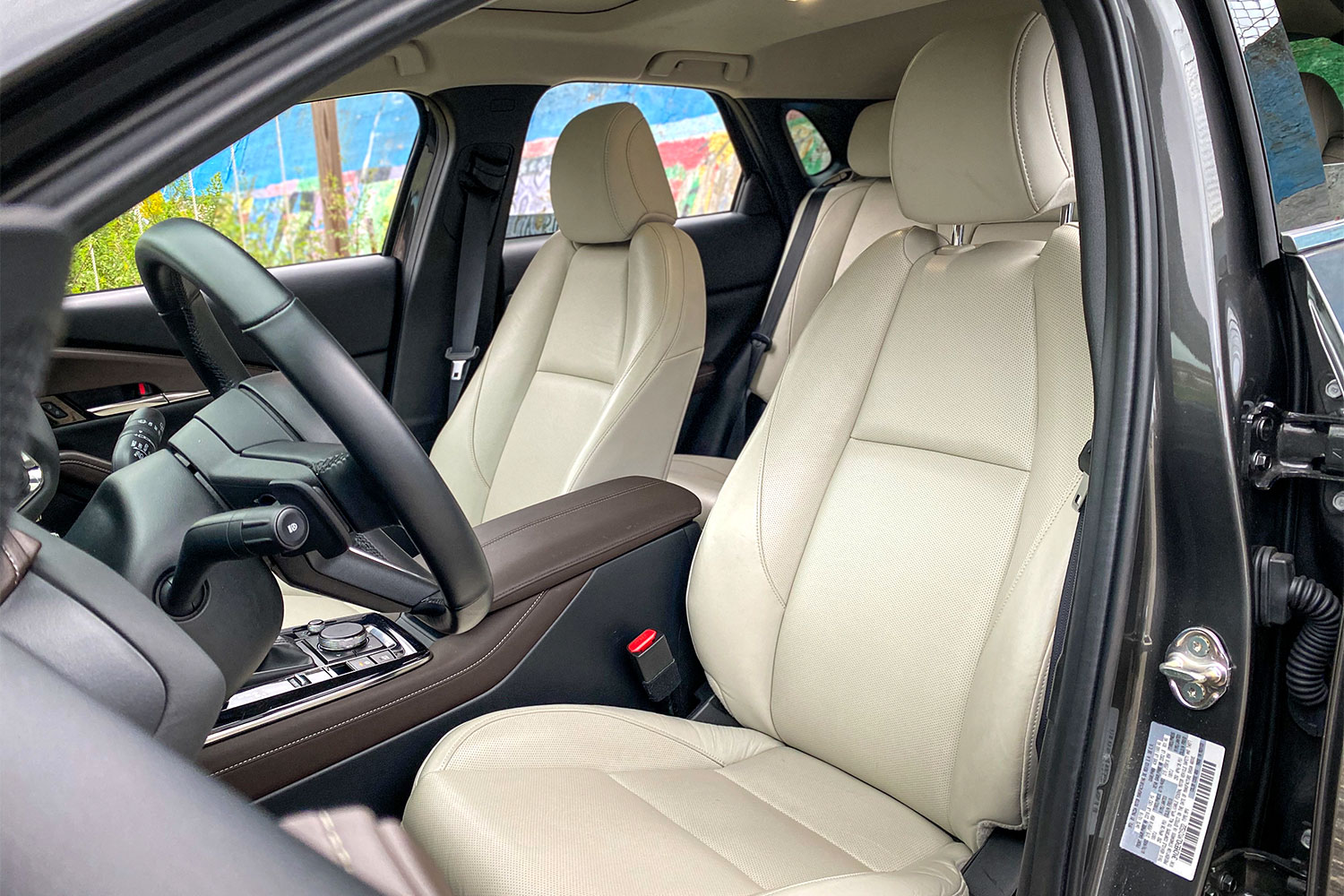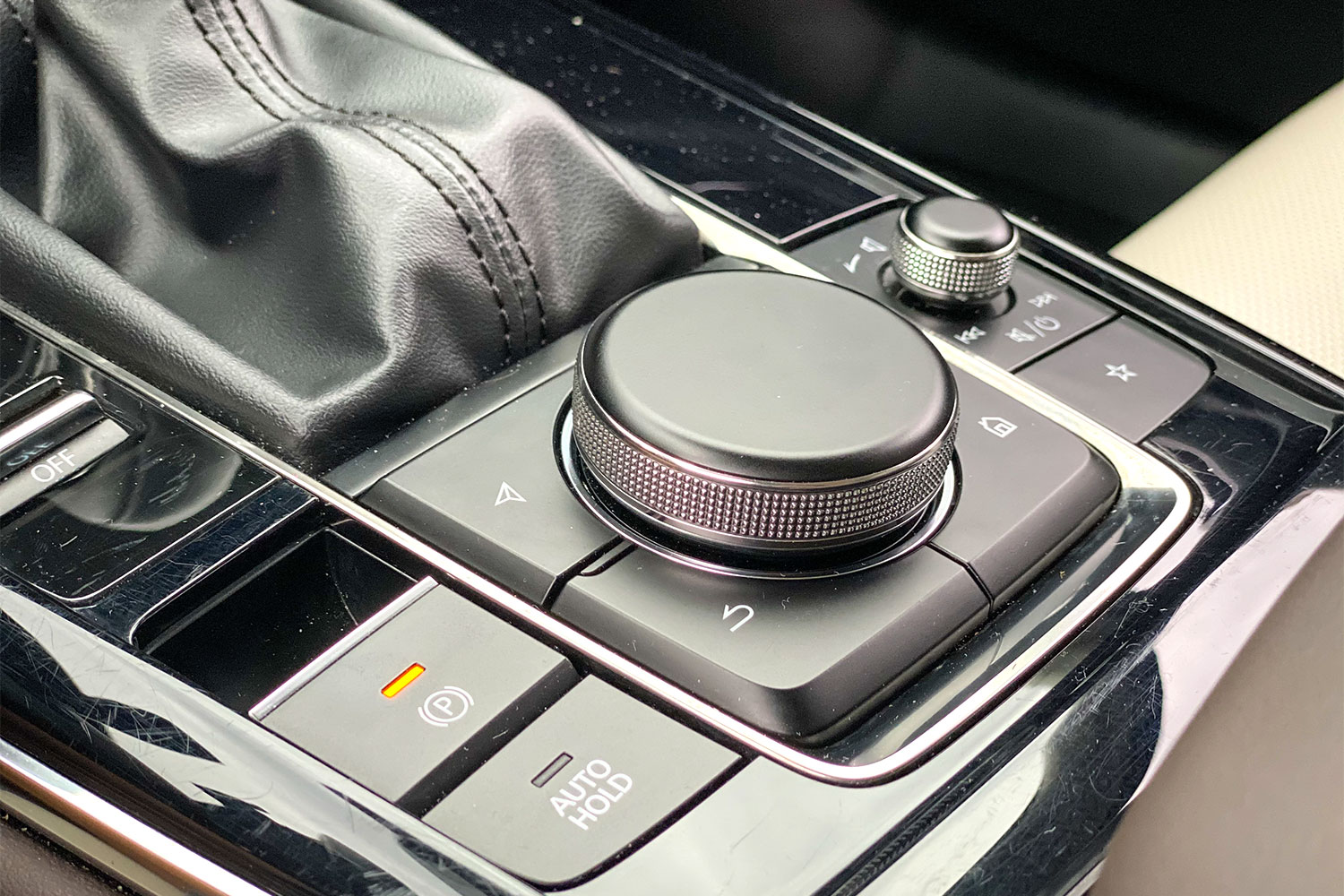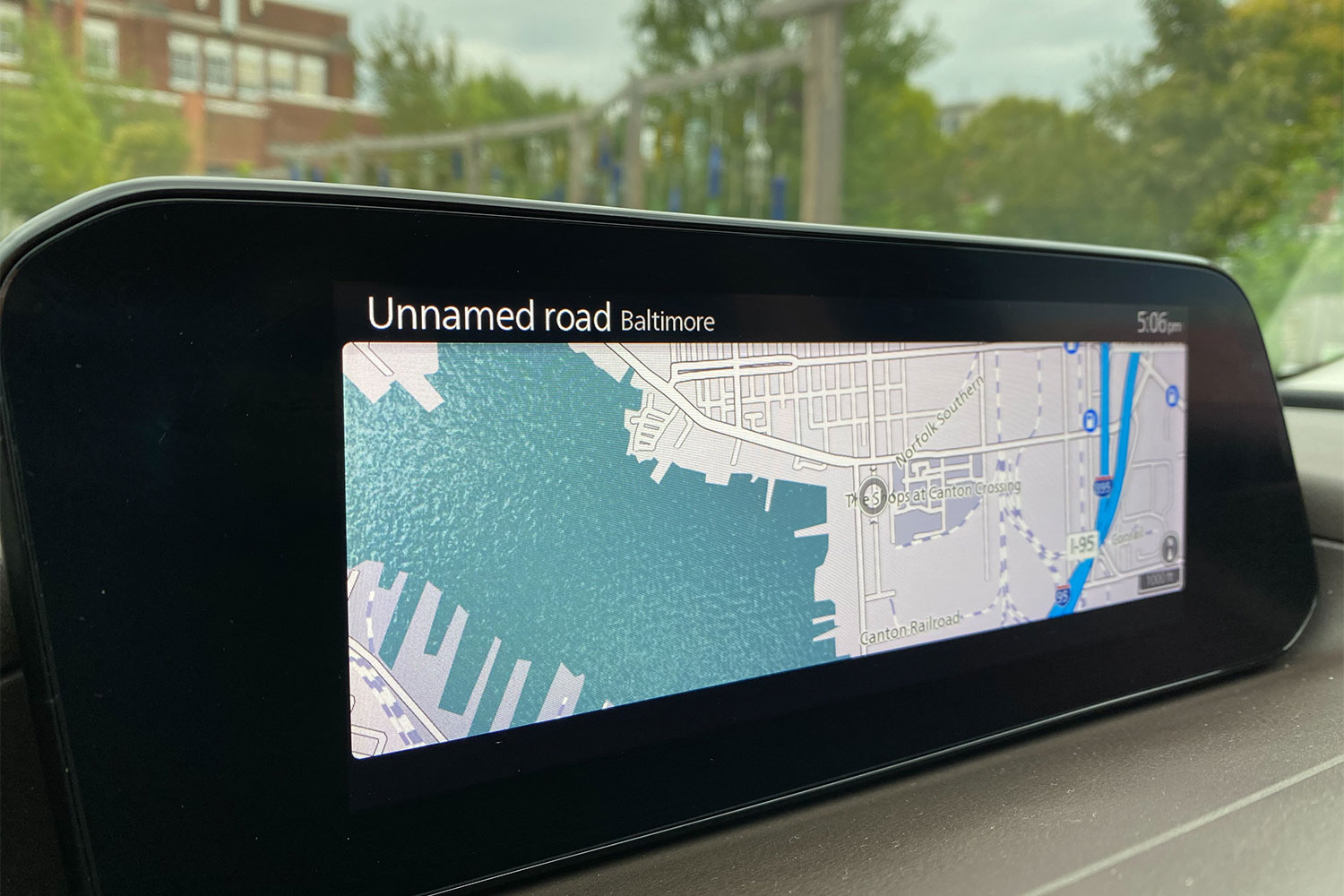Usually, the first step in the car-shopping process is deciding whether you want a vehicle from a mainstream brand or one from a luxury automaker. A few mainstream brands include Honda, Toyota, and Subaru, while luxury marques include Mercedes-Benz, Lexus, and BMW. While choosing between the two segments is a fairly easy task, one thing becomes abundantly clear when you’re shopping for a car — there’s a major gap between the two.
Mazda, before recently, tried to stand out in the mainstream segment by offering vehicles with pep. By going with a Honda or Toyota, you knew you were getting a vehicle that would last forever, but didn’t exactly excite. Seeing a gap, Mazda decided to make all of its vehicles sporty.
The move worked, kind of. With a slogan like “Zoom Zoom,” consumers knew exactly what they were getting with a Mazda – something more enjoyable to drive than nearly every other car from a mainstream brand, regardless of what segment or type of vehicle you ended up buying. Consumers that put driving engagement and enjoyment above other attributes appreciated the change and gleefully purchased a model. Others weren’t too keen about the decision.
Despite the move to being a sporty automaker, Mazda had a hard time keeping up with Honda, Toyota, and Nissan. The average consumer wasn’t all that interested in driving feel or having a rough ride in exchange for flatter cornering. So, Mazda went back to the drawing board and decided to do something different, moving upscale and introducing the “Feel Alive” slogan. Lo and behold, it worked.
The problem with having mainstream vehicles and purely luxurious ones is that there’s a chasm between the two. A 2020 Mercedes-Benz A-Class costs $33,795, while the larger 2020 Toyota Corolla is priced at $20,820. If you want something from Mercedes that has a similar amount of interior space, you’ll have to go with the CLA 250 that’s even pricier with a starting price tag of $37,645.
What exactly is your money going toward with the luxury brands? It’s mainly the badge on the front, but you also benefit from more upscale designs, more powerful engines, and nicer materials. Plus, there’s the fit and finish, along with the nifty tech features. For some, this is worth the extra money, for others, cars are meant to get one from point to another, it doesn’t really matter what they feel like. The ingenious decision behind Mazda’s move is that it neatly fits into the vacated chasm with vehicles that neatly split the difference, offering a middle ground that’s been missing.
Having recently tested both the Mazda3 hatchback and Mazda CX-30 SUV, it’s hard not to be blown away by the quality of both vehicles, which compete in segments that are not exactly known for this level of quality. Of course, press vehicles are usually only available in fully-decked-out, range-topping trims, and when you get one of those in a Mazda, you’re getting something that’s actually close to rivaling a Mercedes-Benz, Audi, Lexus, or BMW in terms of quality, design, and fit and finish.
You’re going to pay a few thousand more for a Mazda than something else in the mainstream market, but the result is something that feels like it belongs in a league above mainstream options. Both the Mazda3 and CX-30 come with a polished infotainment system that has one of the largest screens in the mainstream segments, interiors that feature premium materials, and above-average powertrains. Obviously, you’re also getting some of the most handsome designs on the market at the moment – the Mazda3 hatchback is truly spectacular and even the CX-30 brings lines that are almost exotic for the subcompact SUV segment.
But it’s also about the little things. The two Mazdas come with knurled dials for the HVAC and infotainment systems that feel like they’re made out of metal, even though they might not be. They provide an audible click when rotated and, more importantly, feel so much better than plastic ones found on competitors. Then, there are the dials. Crisp and informative without being overbearing. Lastly, and this one really threw me for a loop, the water in the navigation system moves. It freaking moves! Being easily amused, I could watch the ripples in the infotainment system all day.
It’s not that options from Toyota, Nissan, and Honda are bad, that’s certainly not the case. But for people that enjoy the mid-grade wine from Costco and splurge on fancy restaurants for more than just special occasions, there’s a way to act upper class without having to pay top-class money – get a Mazda. The brand is usually one of the first I recommend for consumers because it feels like a special, small-time automaker without charging a fortune. Handsome designs get old and materials wear out, but 10 years into ownership, you’ll still be able to enjoy the little things with a Mazda.
